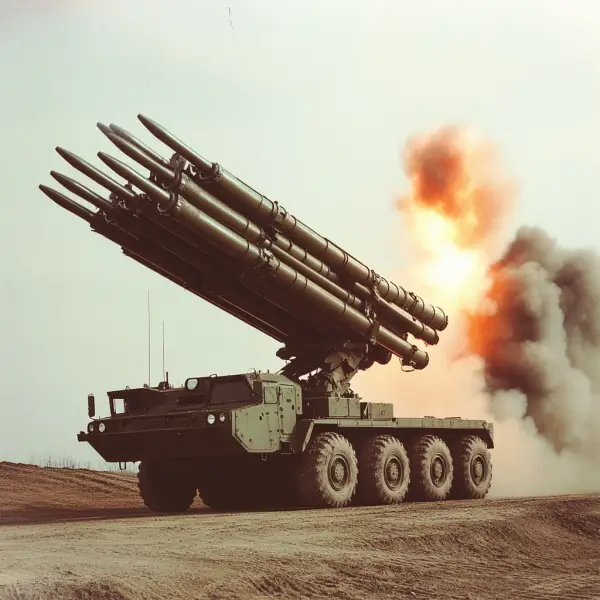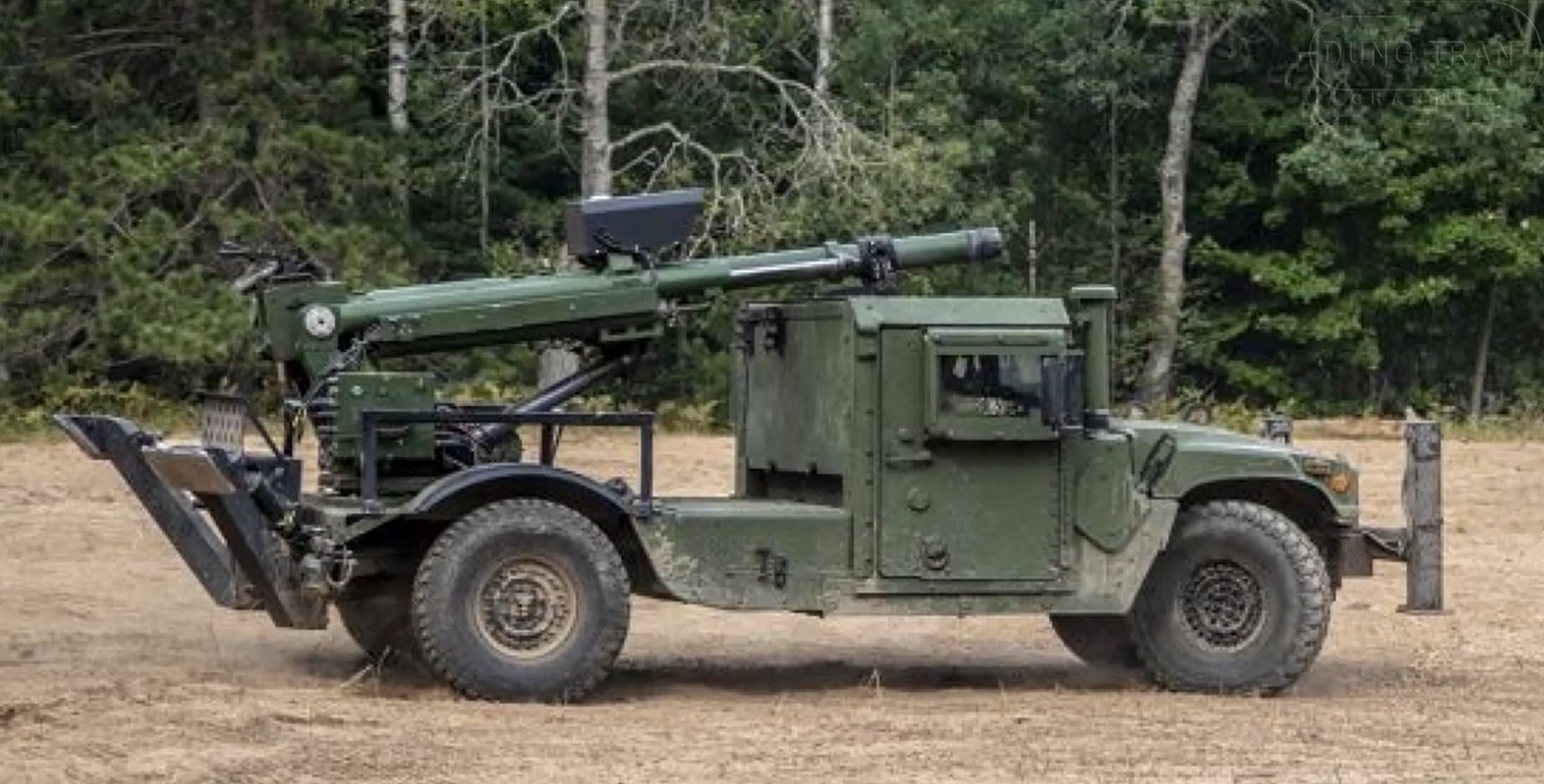Origins of MLRS: A Game-Changer in Artillery
The Multiple Launch Rocket System (MLRS) has been a revolutionary part of artillery technology since its inception in the 1980s. Originally developed by the United States, the system was designed to provide a means of delivering a large volume of firepower in a short time, effectively supplementing traditional artillery and improving the efficacy of military operations.
The concept of MLRS was born out of the necessity of having a mobile launch platform capable of deploying multiple rockets quickly and effectively. Traditionally, artillery was limited to heavy, often immobile guns, which needed time to prepare before firing. MLRS changed this by allowing for rapid deployment and firing, which provided a tactical edge in many combat situations.
Technical Evolution and Capabilities
The MLRS is characterized by its flexible and adaptable nature. It launched rockets from a single platform, unlike previous systems that relied on specific calibers and shell types. This versatility made it highly valuable for a range of military operations from suppression of enemy air defenses to counter battery fire.
Originally, the system could launch unguided rockets, which were effective for area saturation. However, as technology advanced, so did the capabilities of the MLRS. With the advancement of GPS technology, GPS-guided rockets provided significantly increased accuracy, allowing for more precise targeting and reduced collateral damage.
MARS II: European Advancements
The MARS II (Mittleres Artillerie Raketen System II) is the European development of the MLRS, reflecting various NATO countries’ desires to enhance the capabilities and incorporate indigenous technologies.
The MARS II incorporates several improvements over the original MLRS. Chief among these is enhanced targeting systems that utilize advanced sensors and computing technology to provide more accurate fire solutions. The system also includes improved mobility for transportation across difficult terrain, allowing for better integration into the rapid deployment strategies often necessary in modern military engagements.
Another significant improvement is its broadened capacity to fire advanced munitions, including tactical missiles and precision-guided munitions, further enhancing its strategic role in NATO’s arsenal.
Comparison Table: MLRS vs MARS II
| Feature | MLRS | MARS II |
|---|---|---|
| Development | United States | Europe |
| Guidance System | GPS-guided rockets | Advanced sensors and computing technology |
| Mobility | Moderate | Enhanced for difficult terrain |
| Munition Range | Varied, up to 70 km | Extended for tactical missiles |
| Firepower | Area saturation | Precision-guided munitions |
Strategic Significance and Operational Use
The MLRS and its descendant, the MARS II, have served crucial roles in various military conflicts around the world. Their ability to deliver devastating firepower quickly and accurately has made them irreplaceable assets in the artillery regiments of many nations.
MLRS was notably used during the Gulf War, where its ability to deliver rapid and sustained rocket salvos provided coalition forces with significant advantages. Its impact was not only in physical terms but also psychological, as the sheer volume of firepower projected had a demoralizing effect on enemy forces.
The MARS II, while a modernization of the original concept, continues to build on this legacy. With its enhanced precision and tactical flexibility, it has been integrated into NATO operations, allowing for coordinated efforts across member states’ militaries, ensuring unified and efficient responses to conflicts and peacekeeping missions.
Moreover, the platform’s mobility and ability to fire a wide range of munitions allow it to adapt to varying missions, from direct engagements to strategic bombardment, making it extraordinarily versatile.
Future Developments and Innovations
As military technology continues to evolve, so does the MLRS and MARS II. Future developments are likely to include even more sophisticated guidance systems, perhaps integrating AI and machine learning algorithms to enhance targeting accuracy and operational efficiency.
Another potential area for innovation is in the development of longer-range and more potent munitions. As the range of combat operations extends, so too must the ability of these systems to project force. Hypersonic missiles could be a future complement to the existing inventory, providing unmatched speed and deterrence capabilities.
Additionally, enhanced stealth features and improved countermeasures against electronic warfare are expected to become integral parts of next-generation MLRS systems, helping to ensure their survivability in increasingly hostile environments.
The Continuing Evolution
The evolution of the MLRS into the MARS II exemplifies the continuous progress and adaptation required in military technology. As threats evolve, so must the technology designed to counter them.
Through ongoing innovation and adaptation, systems like the MLRS and MARS II will continue to provide strategic advantages to armed forces worldwide, embodying the technological advancements and tactical foresight necessary for modern military success.









